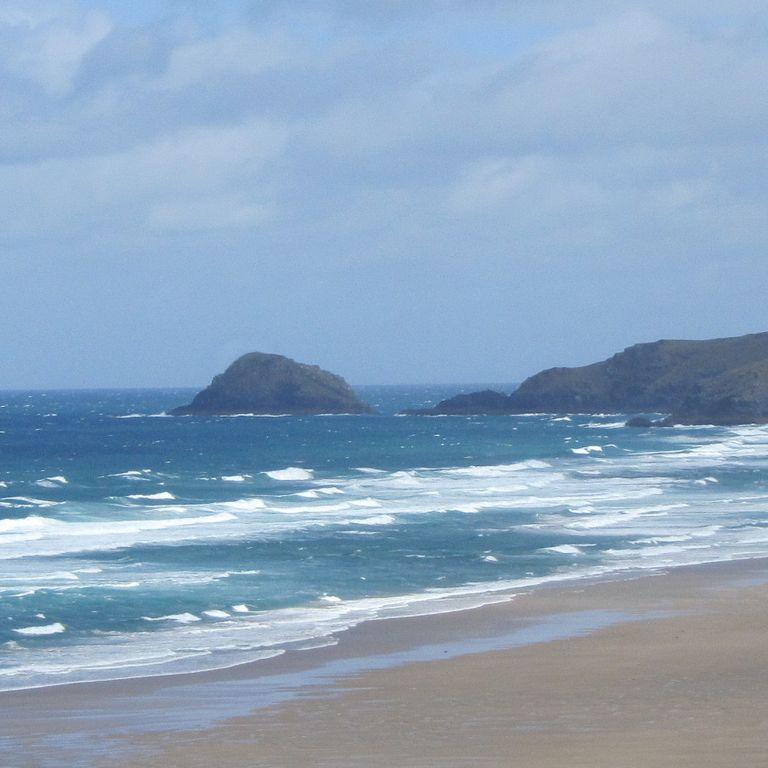
From almost any coastline these FUP can be connected and used to reach any other. The versistility of the FUP and the ability of the user to control the depth means that many obstacles that would thwart the use of other FUP are easily avoided.
Even where it isn't between landmasses, like offshore working sites, these FUP have a role to play.
The concept has attracted funding through the joint HM Government and EU funding program of Marine-i.
The designs have also had independent validation work being carried out by several world class UK universities.
The Future of Transport
The Tyn X FUP System
With ever more emphasis placed on the good use of the fuel that is available to us Tyn X FUPs offer the next evolution of transit. By using the patent pending designs large expanses of water can be crossed, which is something other designs simply can't achieve.
The designs focus on the pitfalls of the previous designs and move around them to find the new and achiveable way forward. FUP differ from traditional underwater pipelines by floating in the water column, as opposed to needing to be either dug into the seabed or left on the seafloor. By being able to avoid the ocean depths, and often the need to create trenches, cost are reduced and the environmental difficulties are removed (eg silt drift and marine ecosystem damage).
There are several traditional methods of FUP:
1) Uses the weight of the pipeline in the water that is then held up by buoys that float on the surface. This system works but the buoys are exposed to the fury of the sea and the weather on the surface. This method also suffers where surface vessels are concerned as the buoys used to hold the system up can be a danger to shipping.
2) The second traditional method of FUP uses the buoyancy of the pipeline to float within the water. This is then held in place by tethers that reach all the way to the seafloor. These tethers need to be very strong and in the case of the depths of the ocean, are prohibitively expensive and material hungry.
3) the third method used is only applicable to short crossings and uses the land at either end to hold up the pipeline inbetween. In the case of vast tracts of ocean this simply doesn't work.
Tyn X FUP the future
The Tyn X FUP takes a different approach. The use of a completely new concept is taken, one where the established efficiency of FUPs are coupled with the proven capabilities of submarine style buoyancy control. The Tyn X system uses a pipeline that has sections along the length that control the buoyancy of the pipeline. This allows the FUP to largely ignore the hostile weather of the surface and to avoid the interaction, and costs, associated with the deep abyss.
By tying the FUPs into our patented green energy harvesting methods not only can great crossings happen these can be achieved in a truly environmentally friendly manner.


